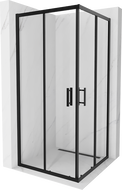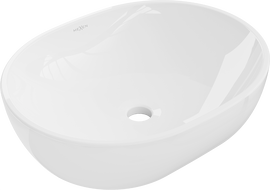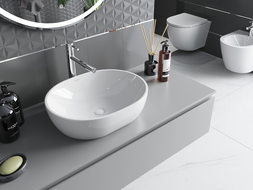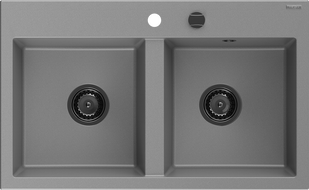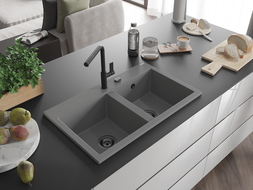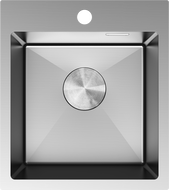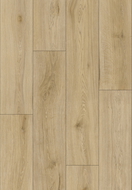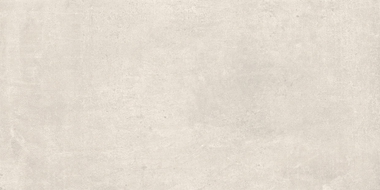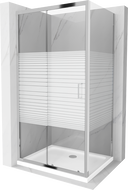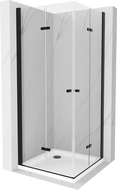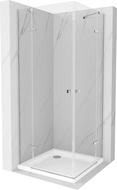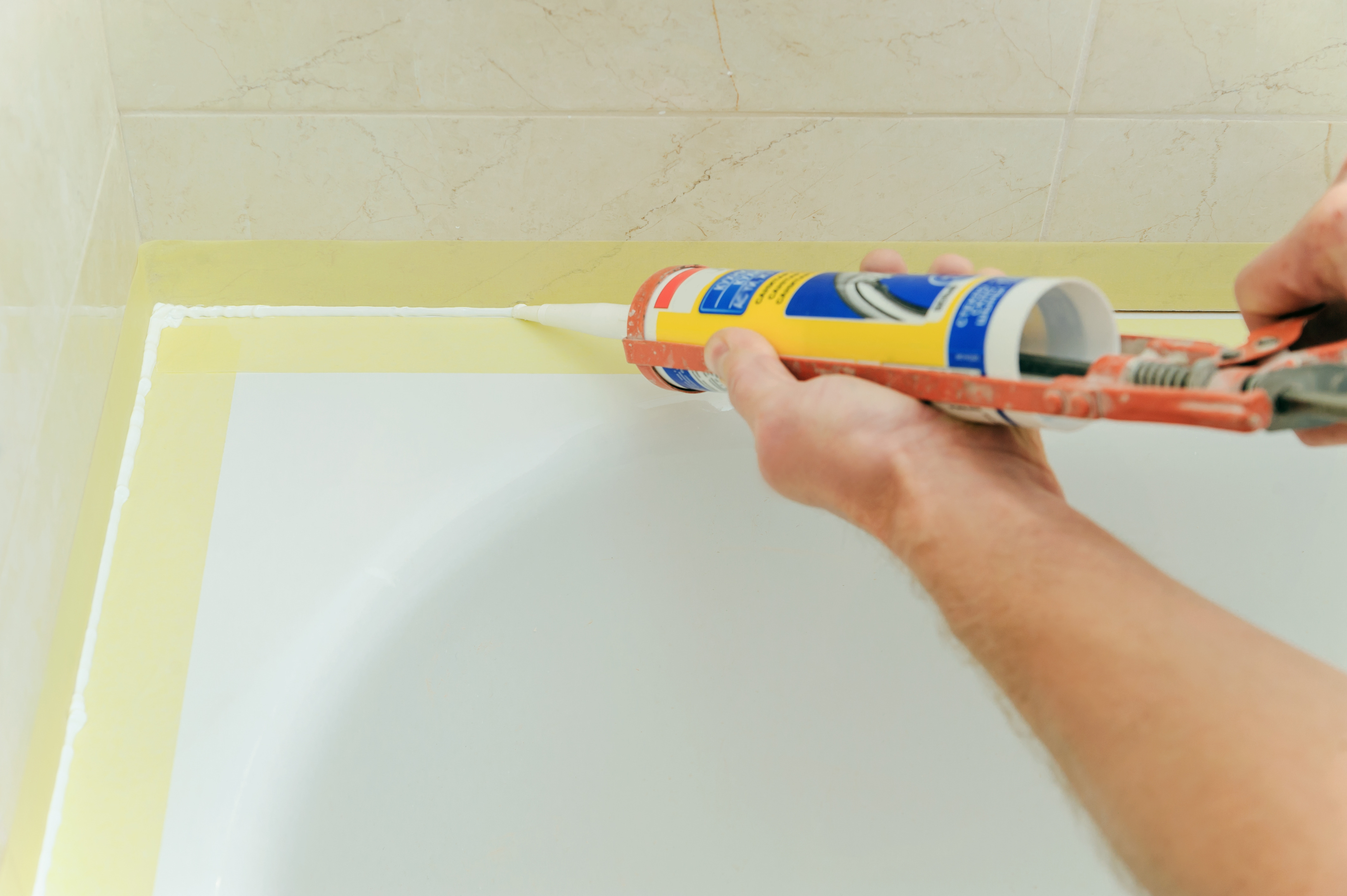
Silicone that seals areas between tiles and a shower tray or bathtub eventually loses its adhesion, and consequently, its tightness. When it comes time to replace it, the question arises: "how to remove old silicone?" Despite being a material highly resistant to moisture, in every bathroom, it wears out over time and needs to be replaced with new caulking. We often wonder how and with what to remove silicone without damaging the surrounding surface and being able to reseal the area against moisture? In today's article, we suggest the best methods for removing silicone!
Regular inspection is key
It's worth starting with the fact that areas where sanitary silicone is used often have direct contact with water - warmth and moisture provide an excellent environment for the growth of bacteria and fungi, so we should regularly (for example, when cleaning the bathroom) inspect the sealed areas. Over time, silicone deteriorates and loses its properties - it stops being as watertight, cracks, and loses adhesion. Moreover, it's simply unsightly: the material yellows and dark spots of mold appear, which cannot be removed with chemical agents. When we notice that the sanitary silicone in our bathroom starts to look bad - that's when we should remove the old silicone and reseal the areas by applying a new layer. We suggest how to remove silicone without damaging the surrounding surface and prepare for applying a new layer of this material.
How to remove silicone: basic methods
There are many different ways to remove silicone, but they differ in one fundamental aspect: whether we need to remove old and dried silicone or freshly applied, soft silicone. In both cases, the methods of removing it will differ slightly - soft silicone is definitely easier to remove. How to remove silicone using home methods?
How to wash off silicone - a home method
If you want to remove silicone that has spread on a hard and smooth surface, you won't struggle much. Removing soft silicone that is freshly applied involves just a few simple steps:
- Drenching it with a large amount of dishwashing liquid
- Waiting a few minutes
- Collecting the silicone with a sponge, cloth, or toilet paper
Done! We don't need to exert much effort to remove silicone that hasn't set yet. The situation is a bit worse for old caulking: how to wash off silicone that has already hardened long ago?
How to remove silicone - mechanical methods
Old silicone is more difficult to remove. First of all, we must remember not to damage the surface of the shower cabin, bathtub, or tiles. Sharp tools like a penknife or a small knife are often used to remove dried silicone. We carefully and precisely remove the old silicone from the surface, remembering that this way, unfortunately, we won't get rid of all the silicone at once. The remnants of silicone will be removed later using appropriate chemical agents.
How to remove sanitary silicone - chemical agents
After initially removing the old silicone with a knife, we move on to removing its remnants with appropriate chemical agents. We can use:
- traditional solvent
- silicone remover
- silicone dissolving agents
Of course, the first method is certainly faster - practically all of us have a solvent at home. Silicone remover and special chemical agents that allow you to remove dried silicone from ceramic tiles and more can be found in every DIY store - when using them, make sure you are not allergic to any of their ingredients. Silicone remover softens it, weakening its adhesion to the surface - as a result, we can easily remove even remnants of silicone.
Special preparations work within a few or several minutes: after this time, everything can be gathered with a spatula and then the cleaned surface washed with warm water - if necessary, the operation can be repeated. Consider that the silicone remover may cause plastic surfaces to become dull - it's good to protect them with painter's tape or a piece of foil. After removing the old silicone, thoroughly dry the area to apply a new layer.
Silicone removal - summary
As you can see, there are several methods to remove silicone - both old and freshly applied. You can use items you most likely have at home: a small knife, solvent, and dishwashing liquid. However, if you are afraid of damaging the cleaned surfaces, we highly recommend choosing professional silicone removal products.
It's important to remember to replace the silicone when we notice it is crumbling or coming off - this way, we avoid an unsightly appearance and potential leakage in unsealed areas. Although removing silicone is not excessively difficult, it can be time-consuming.


